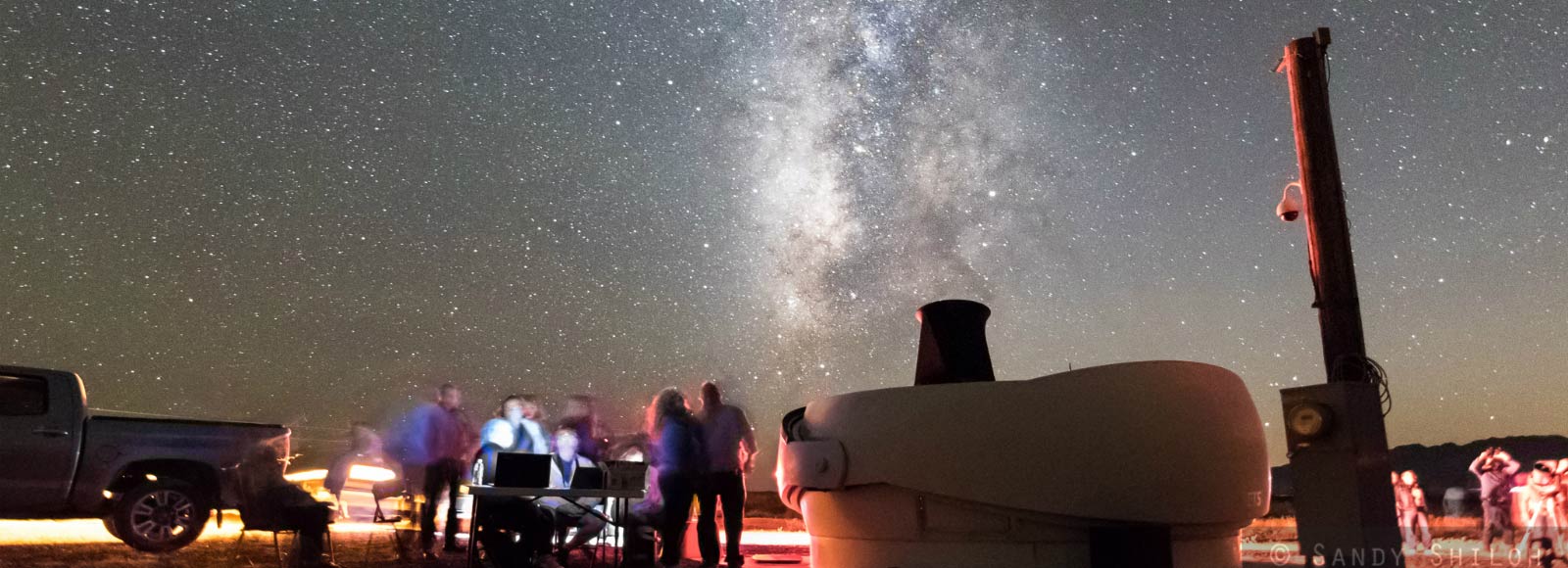Accepted for publication: First refereed journal article using Zowada Observatory data

Data from Wayne State University's very own Zowada Observatory, a 20-inch robotic telescope located in New Mexico, played a crucial role in work recently accepted for publication in the Astrophysical Journal.
The research, led by the Department of Physics and Astronomy professor Ed Cackett, involved monitoring the variations in the brightness of the gas falling into a supermassive black hole at the center of a galaxy known as Markarian 142.
Cackett and his team followed the brightness changes on a daily basis for about 7 months with the Zowada Observatory along with a range of other telescopes including NASA's Swift satellite, the Las Cumbres Observatory and the Liverpool Telescope.
By measuring the time lags between the brightness variations at different wavelengths of light they were able to probe the size of the disk of gas spiraling into the black hole. Their findings show that the disk is large – consistent with it swallowing up material at an especially high rate. The Zowada Observatory played a crucial role – of all the ground-based observatories used, it collected the most data.
Cackett and his team are currently using the Zowada Observatory to perform similar observations of other supermassive black holes to better understand how gas falls into them.
Article: Supermassive black holes with high accretion rates in active galactic nuclei.